OF THE
TIMES

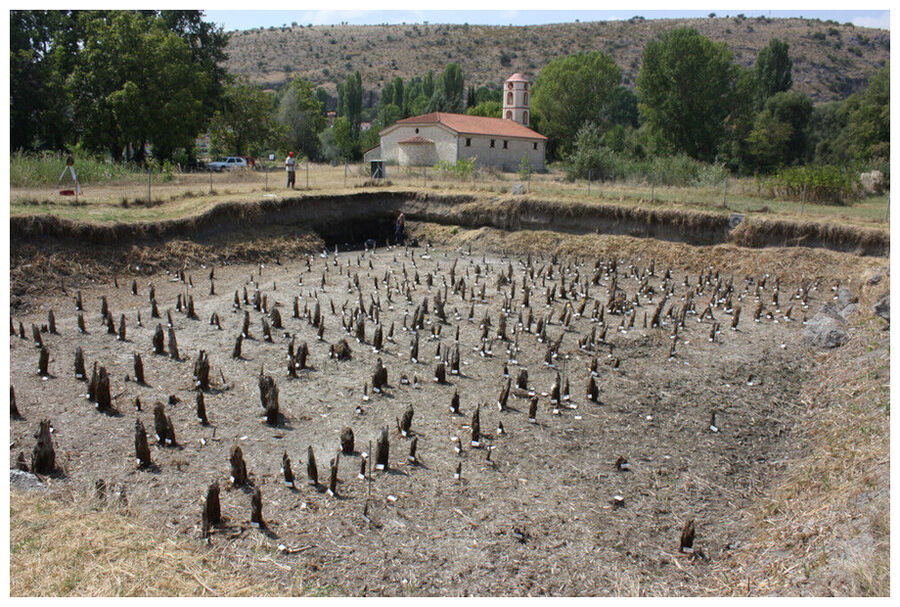
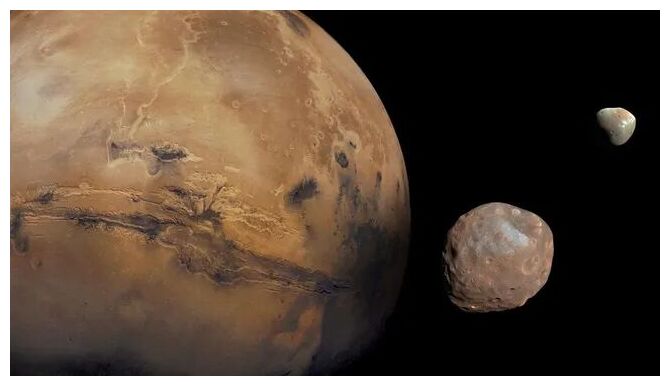
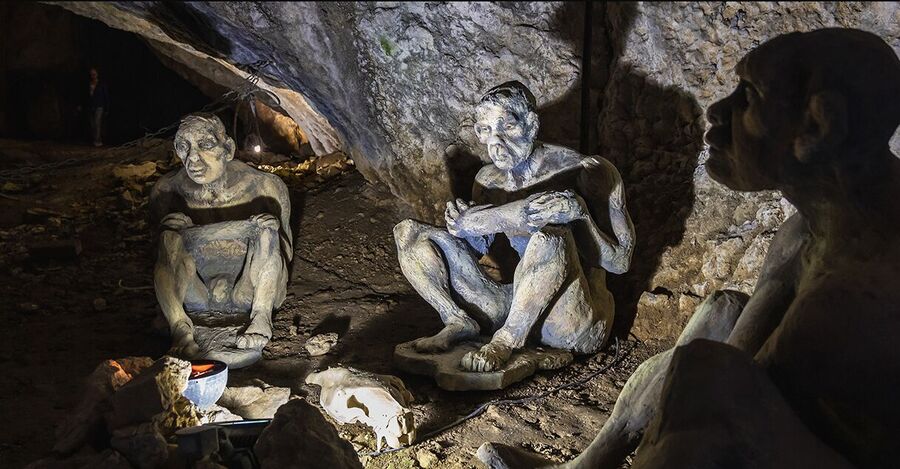

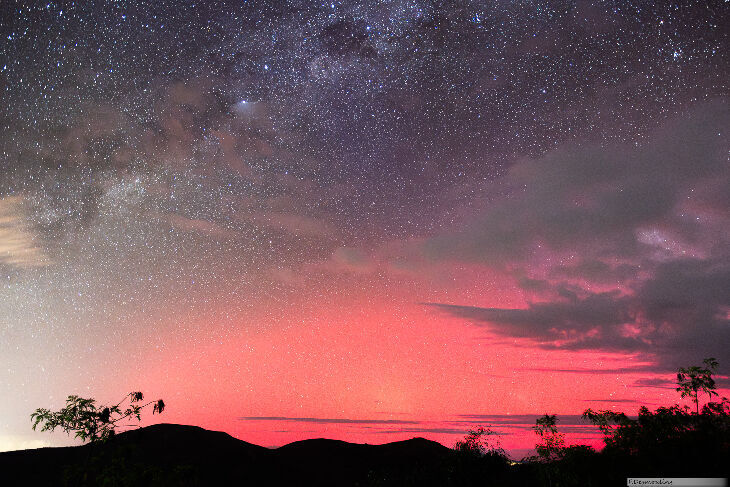
The aurora borealis of August 28th was surpassingly brilliant not only in the northern portion of this continent, but also as far south as the equator, — as well as in Cuba, Jamaica, California, and the greater portion of Europe. [...]Guess what erupted in New Caledonia three days after auroras were sighted there... serious rioting akin to a 'civil war':
In Jamaica the aurora borealis was witnessed for the first time, perhaps, since the discovery of this island by Columbus. So rare is the phenomenon in those latitudes, that it was taken for the glare of a fire, and was associated with the recent riots.
MONSTER SUNSPOT TARGETS MARS: First Earth, now Mars. Carrington-class sunspot AR3664 is now directly facing the Red Planet. NASA's Mars rover Perseverance saw it yesterday through the dusty air of Jezero Crater:
On May 14th, AR3664 produced an X8.6-class solar flare, the strongest flare of the solar cycle, and hurled a corresponding CME directly toward Mars. NASA models suggest it should hit Mars on May 17th, potentially sparking global auroras.
"We're bracing for impact!" says says Nick Schneider of the University of Colorado's Laboratory for Atmospheric and Space Physics (LASP). Schneider works with an ultraviolet camera on NASA's MAVEN spacecraft, which may be able to observe the display. Stay tuned!
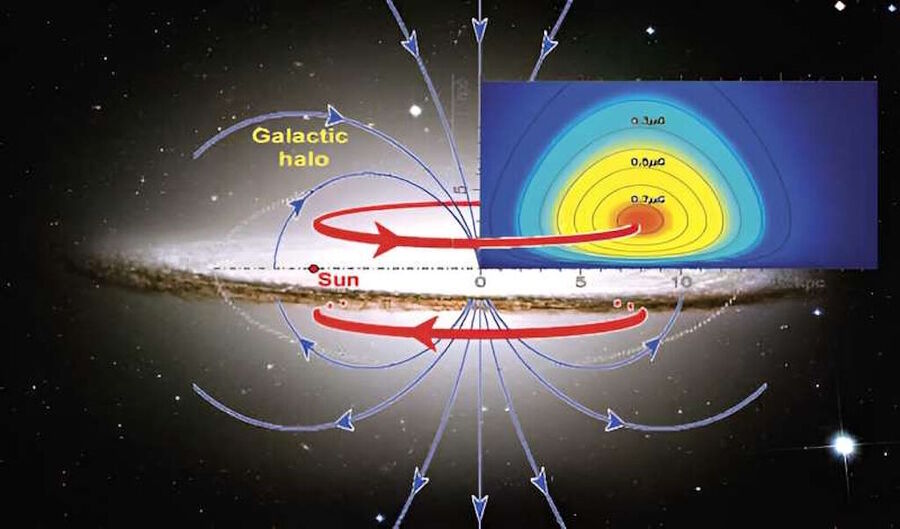
Comment: As noted above, the era seems to be marked by other significant events: